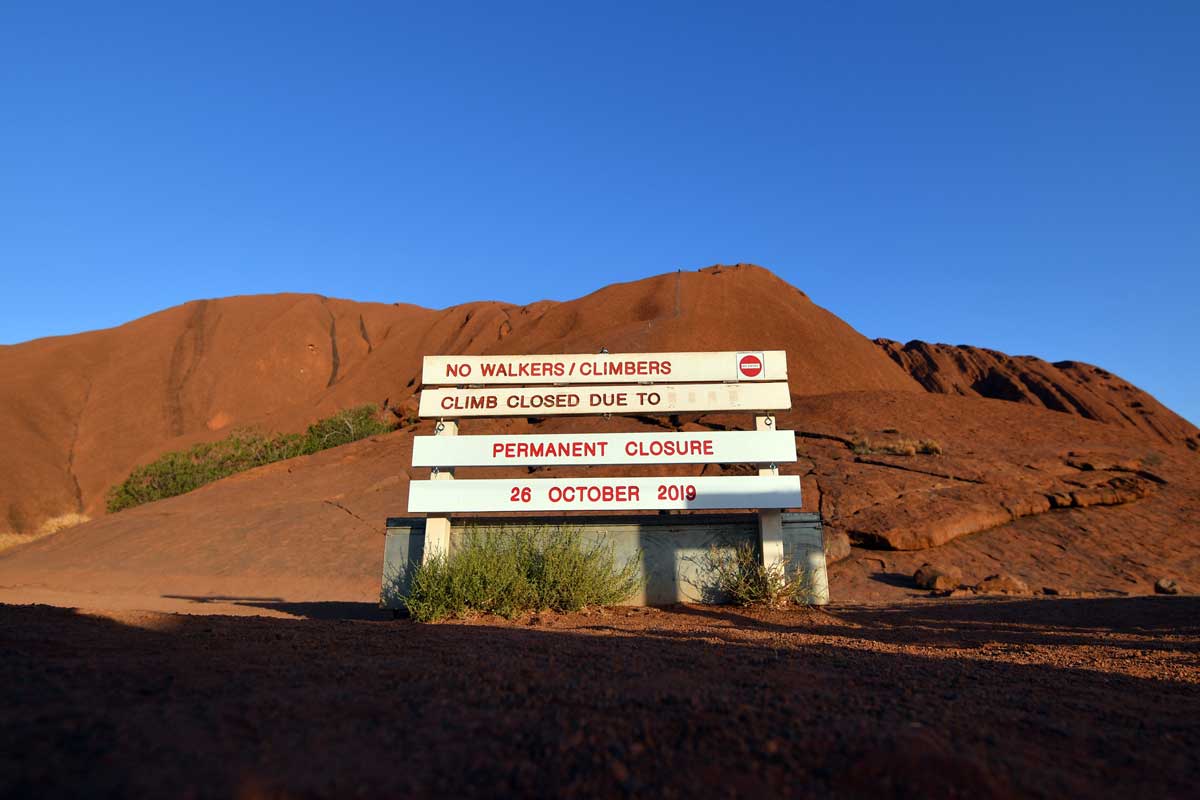Sacred Spaces | History Today - 2 minutes read

Uluru, the giant sandstone inselberg, formerly and widely known as Ayers Rock after a 19th-century Chief Secretary of South Australia, dominates the ochre landscape of the southern Northern Territory. It is sacred to the Pitjantjatjara Ananga people, to whom it represents the creativity of their ancestral beings amid springs and waterholes that sustain life in this arid land, where caves are decorated with their ancient rock art.
For decades, the Ananga have implored the thousands of tourists who make their way to this UNESCO Heritage site not to climb it: by 2017 only 16 per cent of visitors ignored their wishes and did so anyway, an action not without risks, given that temperatures can reach 47°C and the winds are often high. Many tourists have died on its slopes. But as of 26 October 2019, no one can climb Uluru, for it is expressly forbidden. The victory of the Ananga, a people not used to winning, resulted in an Everest-style rush to ascend Uluru on 25 October.
One wonders how such small victories for the sacred might play out elsewhere. One would not wish to see non-believing tourists banned entirely from, say, Florence’s Duomo – as they are from the great mosques of the Islamic world – though a ban on mobile photography would be welcome in such spaces, where guides and postcards are widely available; the officious vetting of inappropriately dressed visitors to Rome’s peerless collection of churches by men in shades always lifts the heart.
Like the Ananga, people take matters into their own hands. Munich’s Damenstiftskirche St Anna is hardcore even by the standards of this Counter-Reformation city. With a late Baroque interior by the Asam Brothers, it is a setting for a Latin Mass that sees the congregation spill out onto the street, the women, many young, in mantillas, the men draped in trachten. Visitors, as I discovered, are welcome, but woe betide any who seek to capture the event on film, as two poor tourists, dressed in NFL shirts, discovered to their cost, as mass tourism collided, literally, with the mass-going ältere Dame of Bavaria.